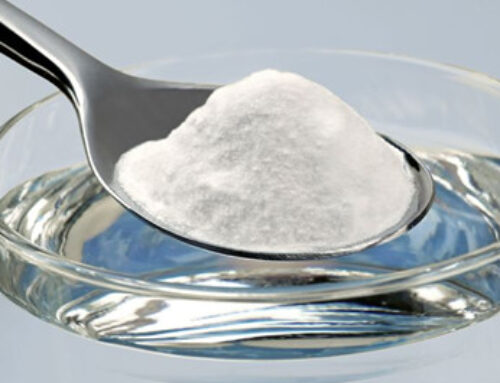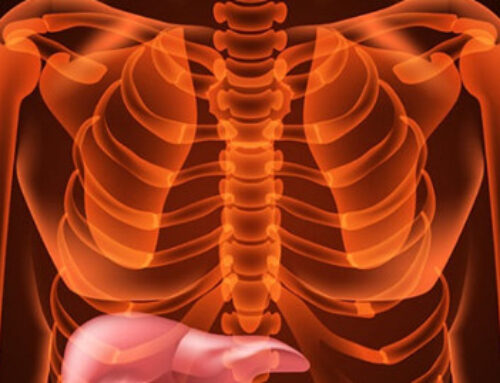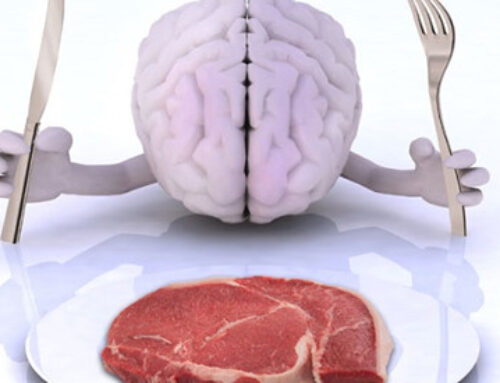In our gut biome, thousands of microbes live in harmony but when this balance is disrupted, innocuous microbes can become a serious problem. One microbe in particular—yeast—is especially troublesome. Many doctors only recognize yeast in the form of nail or toe fungus, as a yeast infection or oral thrush, but these external manifestations are an indicator of a much bigger problem that is taking place inside the body.
These issues arise from an overgrowth of yeast living in the gut and throughout the body. For these infections to be successfully treated, the original infection has to be acknowledged and treated, which means starting from the source—inside the digestive system.
Candidiasis is a systemic overgrowth of candida, a usually benign yeast microbe that lives in harmony with the bacteria in our intestines. We all have small amounts of yeast in our intestines but the problem starts when the potentially dangerous (opportunistic) microbes are allowed to grow unchecked. We have numerous strains of healthy microbes that keep these opportunistic microbes in check. They work hard to keep us healthy in many ways, such as producing enzymes to digest proteins and manufacturing important vitamins. Good microbes also produce chemicals similar to antibiotics, which control the growth of opportunistic microbes.
How do you know if you have a fungal overgrowth? Other than the nail fungus and other disorders mentions above, there are many indicators. Of course there are physical symptoms you can look for to determine if you are dealing with a candida overgrowth but the two most important things that need to be considered are diet history and the level of long-term antibiotic use. Antibiotics are a wonderful thing. No one can deny that they save lives but antibiotics have a real potential to destroy lives as well. The same antibiotic that kills a dangerous microbe that is making you ill is going to kill your healthy bacteria as well. Broad-spectrum antibiotics are not specific and the collateral damage they cause includes destroying the gut bacteria that keeps you healthy. (See my article A Gut Feeling: How the bacteria within directly affects your health.)
A healthy diet encourages a healthy bacterial balance. A diet high in refined carbohydrates will tip the balance in favor of opportunistic microbes. Candida and other bad microbes eat sugar, which is exactly what we eat the most of in American today. If you are eating high levels of refined carbs, you can trust you are not getting enough of the healthy foods that promote our good bacteria—greens and other vegetables, low-sugar fruits like berries, green apples and pomegranates, proteins from grass-fed animals and healthy fats like coconut, olive oil and grass-fed ghee and butter.
Without adequate levels of pro-life microbes, our health begins to suffer. As good microbes decrease in number, problematic microbes multiply, eventually reaching levels that cause disease. Antibiotics are completely ineffective against fungus and yeast. Without being kept in check by good microbes, yeasts grow to high levels, changing from a benign form into a pathogenic form we can now call a fungus. This fungus is able to reproduce easily and increase even more. Candida is adaptable and can move easily through the body by spores in the blood stream and by burrowing deeply, using filaments, into tissue. The standard American diet feeds candida’s huge appetite for sugar and creates the perfect environment for it to flourish. Candida’s ability to cause a buildup of toxins in the brain and liver causes brain neurotransmitter function to decrease. Low neurotransmitter function can cause a person to crave sugar in an attempt to bring its levels of brain chemicals like dopamine back up. Sugar is great at increasing dopamine production in the brain. This gives candida the ability to eat what it wants by hijacking your brain’s neurotransmitter function. It is the drive behind the intense sugar cravings so many of us suffer from—the kind that make you run to the store for a sweet snack, even when healthy foods are readily available at home. I think of it as the perfect microbe and I have a lot of respect for it as I know just how powerful this microbe is in controlling a person’s carbohydrate cravings. (See my article Sugar is not Your Friend.)
As it grows and feeds on the sugar found in the average person’s diet, candida begins to produce metabolic waste. Acetaldehyde is a chemical produced from this waste, which is a particularly toxic substance. Acetaldehyde is also produced by the breakdown of alcohol and is known to be very destructive to our tissues, especially our liver. Worst of all, acetaldehyde cannot be easily eliminated from our body. It stays in our tissues until we are able to break it down into acetic acid. Our body uses iron, niacin and a relatively unknown mineral called molybdenum to make this breakdown process happen. Many of us are deficient in this mineral, which stops the detoxification process from taking place, allowing high levels of acetaldehyde to build up and causing many of the symptoms of yeast overgrowth, including brain fog, muscle pain, migraines, depression and many others.
Using anticandida herbs is a big part of getting your body back into balance. Oregano, Caprylic acid, Pau d’arco, olive leaf extract and other natural substances in conjunction with a healthy diet brings down the level of candida in a person who is suffering with overgrowth. Remember that the goal is not to completely rid the body of candida but to get back within the healthy limits. Although it takes a serious commitment to detox from candida, it is well worth the effort. Health issues we have grown to accept resolve, stubborn weight comes off, depression lifts, and we start to feel like we are alive and not just existing. Getting yourself into a good detox protocol and working with a practitioner makes good sense for anyone who is struggling with a mixed bag of health issues. Doing it by yourself is possible but it is easier with professional guidance and will ensure that you are doing it the right way!
For further reading, I recommend:
Gut and Psychology Syndrome, Dr. Natasha Campbell-McBride MD
The Candida Cure, Yeast, Fungus & your Health, Ann Boroch, CNC
Chronic Candidiasis, Michael T. Murray, N.D.










